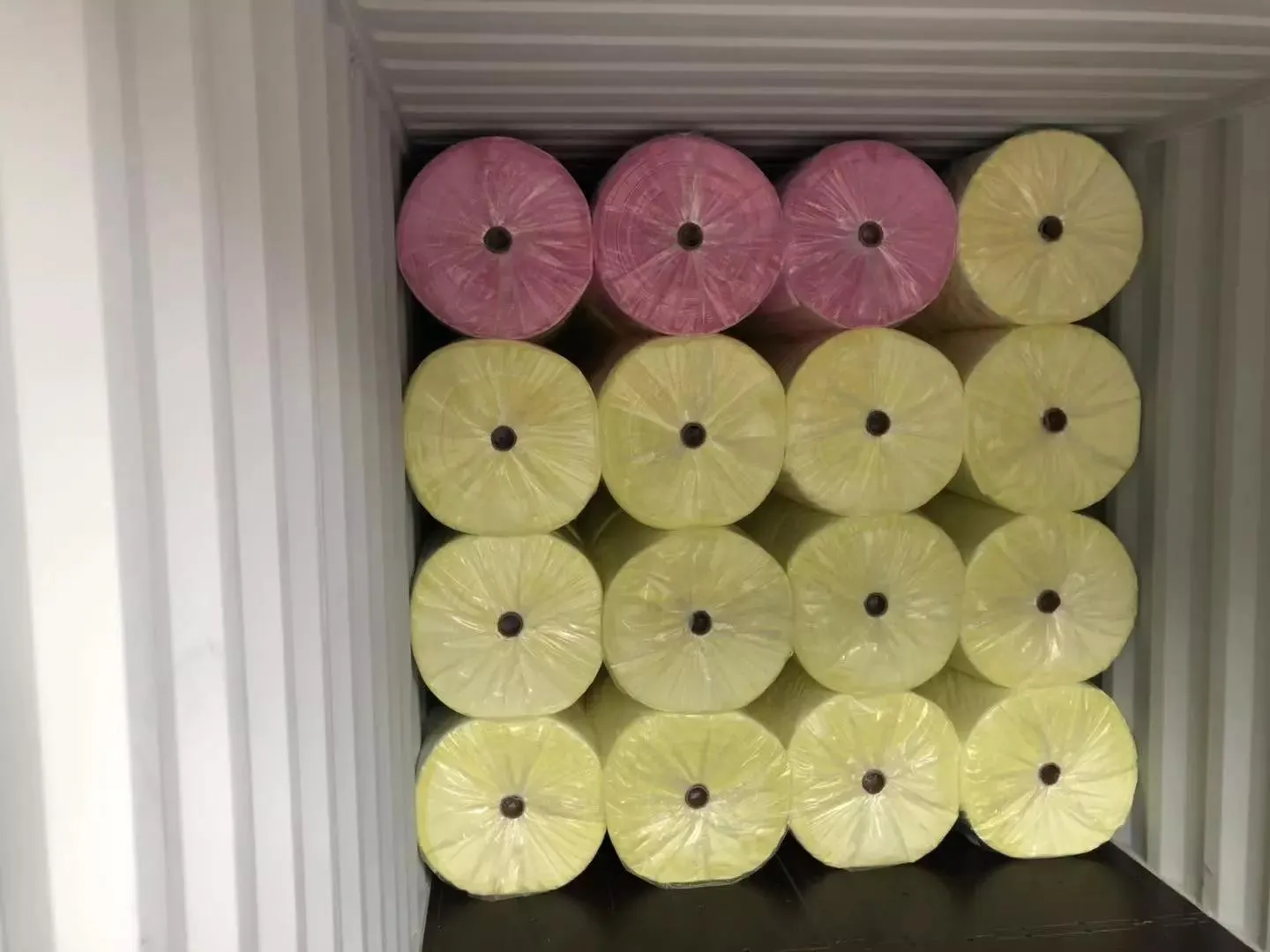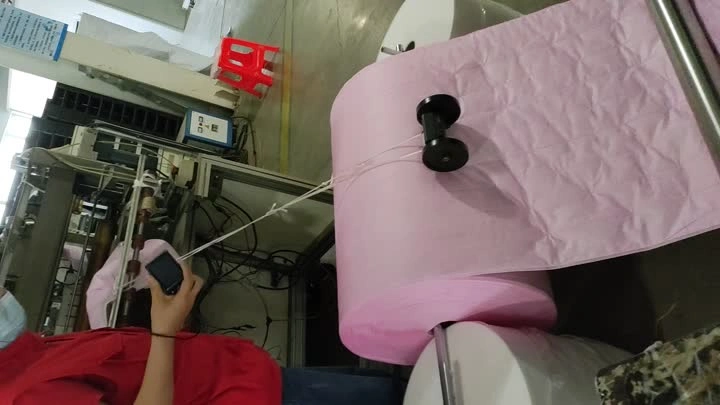
(paint spray booth filters)
Modern manufacturing and automotive industries rely heavily on paint spray booth filters to ensure both product quality and regulatory compliance. Paint processes emit a significant amount of overspray, particulates, and volatile organic compounds (VOCs). Without proper filtration, these contaminants jeopardize operator safety, environmental health, and the functional reliability of critical equipment.
Paint spray booths equipped with exhaust filters capture up to 98.7% of airborne particulates—with leading solutions targeting sub-micron size efficiency levels. This high capture rate not only meets but often exceeds OSHA and EPA requirements, directly reducing hazardous emissions. As global standards tighten, facilities adopting advanced filtration observe a decrease in defects per thousand units by as much as 43%, according to regional automotive industry reports.
The rising demand for eco-efficient production further amplifies the strategic importance of paint spray booth exhaust filters—their deployment now seen as a key performance indicator across sectors ranging from aerospace to consumer electronics.
Spray paint booth filters employ sophisticated multi-layered designs, typically combining coarse pre-filter mats, high-loft polyester, and activated carbon elements for progressive filtration. Leading filter media demonstrate pressure drop characteristics as low as 20 Pa at optimal airflow rates—minimizing energy consumption and protecting expensive downstream equipment.
Key metrics to evaluate spray booth filters include:
Selecting optimal spray booth filters requires an informed comparison of principal vendors. Below is a comparative summary that contrasts three global market leaders, based on recent laboratory and field performance data:
| Brand | Efficiency (%) | Dust Holding (g/m²) | Pressure Drop (@500 m³/h) | Media Layers | MERV Rating | Annual Replacement Cost (USD) |
|---|---|---|---|---|---|---|
| FilterMax Pro 5000 | 98.5 | 2,100 | 21 Pa | 4 | 15 | $3,200 |
| UltraFlow BoothGuard | 97.8 | 1,950 | 24 Pa | 3 | 13 | $2,850 |
| PureAir Dynamics S75 | 98.2 | 2,000 | 22 Pa | 4 | 14 | $2,980 |
Estimated for a standard automotive paint booth (annual usage under moderate load)
As seen above, performance and operational costs can differ even among top competitors. Decision-makers benefit from prioritizing both efficiency and long-term lifecycle expenses, particularly in high-volume or specialty applications.
No two paint facilities are exactly alike—aerospace, rail, furniture, and custom automotive shops each pose distinctive environmental and operational challenges. Modern filtration providers offer fully engineered solutions, including:
Case Study A – North American Automotive Plant:
Following the integration of high-efficiency exhaust filters, defect rates plummeted from 3.2% to 1.4% in final assembly paint. The plant documented a doubling of booth filter lifespans (from 3 to 6 months per change), yielding annual savings exceeding $85,000 in direct materials alone, in addition to minimization of production delays.
Case Study B – Large-Scale Aerospace Facility:
Custom oversized spray paint booth filters were commissioned to accommodate exceptionally high airflow and advanced lacquer applications. Achieving consistent capture efficiency above 98%, this solution eliminated visible overspray in adjacent hallways. Furthermore, employee air quality surveys noted a 32% reduction in measured particulate exposure, improving both operating conditions and regulatory compliance.
Case Study C – European Furniture Producer:
By shifting to multi-stage progressive filters, this manufacturer cut booth cleaning labor by 60%. Enhanced booth cleanliness also elevated product gloss uniformity scores from 8.1 to 9.6 (industry scale), underscoring the tangible link between filter selection and finished goods aesthetics.
Predictive maintenance plays a pivotal role in maximizing the value of paint spray booth filters. Regular checks of static pressure differential, backed by real-time sensors, allow maintenance teams to anticipate required replacements before airflow is compromised. The recommended best practices include:
The evolution of paint spray booth filters is accelerating, responding to ever-stricter emission controls and the relentless pursuit of manufacturing excellence. Market forecasts indicate that the global demand for high-performance paint booth filters will surpass $720 million by 2027, propelled by automation, advanced material science, and digitized maintenance platforms.
Industry leaders are actively developing next-generation filter media—incorporating nanofiber coatings, recyclable substrates, and embedded IoT devices—to minimize both operational costs and ecological footprint. For forward-looking organizations, investing in state-of-the-art spray booth filtration is not just a regulatory imperative—it's a critical strategic asset that enhances productivity, protects personnel, and guarantees best-in-class finished product quality.

(paint spray booth filters)
Thickness:0.2-6 mm or Customized
Strand Thickness:0.5-8mm
Swd:2.5-100mm Lwd: 4.5-200mm
Surface Treatment:Powder Coated,Galvanized
MATERAL: PHENOLIC PAPER
MELT-BLOWN PBT
NON-WONEN LAMINATES
DIESEL FUEL FINE FILTERATION GRADE
APPLICATION : FUEL OIL WATER SEPERATION FILTER MEDIA
Material: Electrostatic cotton with activated carbon
PET/PP with Activated Carbon
Basic weight: 200-800g/m2
Application: Cabin Air Filters Panel Air Filters, Filter Cartridge, etc.
RAW MATERIAL: Polypropylene
PROCESS TECHNOLOGY: Melt-blown non-woven
RANGE OF EFFICIENCY: M5 ~ H11
Email to this supplier

